
Here you will find reading samples on selected industries and areas of life that are particularly threatened by cybercrime:
FINANCE AND MONEY LIFE
The Bank Robbery 2.0
The aim is the same: the perpetrators want our money. But the days of analog bank robberies, in which masked men storm into bank branches at gunpoint and shout “Money or life!” Although criminals still occasionally resort to this method, bank robberies today generally take place almost exclusively in the cyber world. Hackers attack banks, loot ATMs, steal bank account data and try everything to get our credit card details.
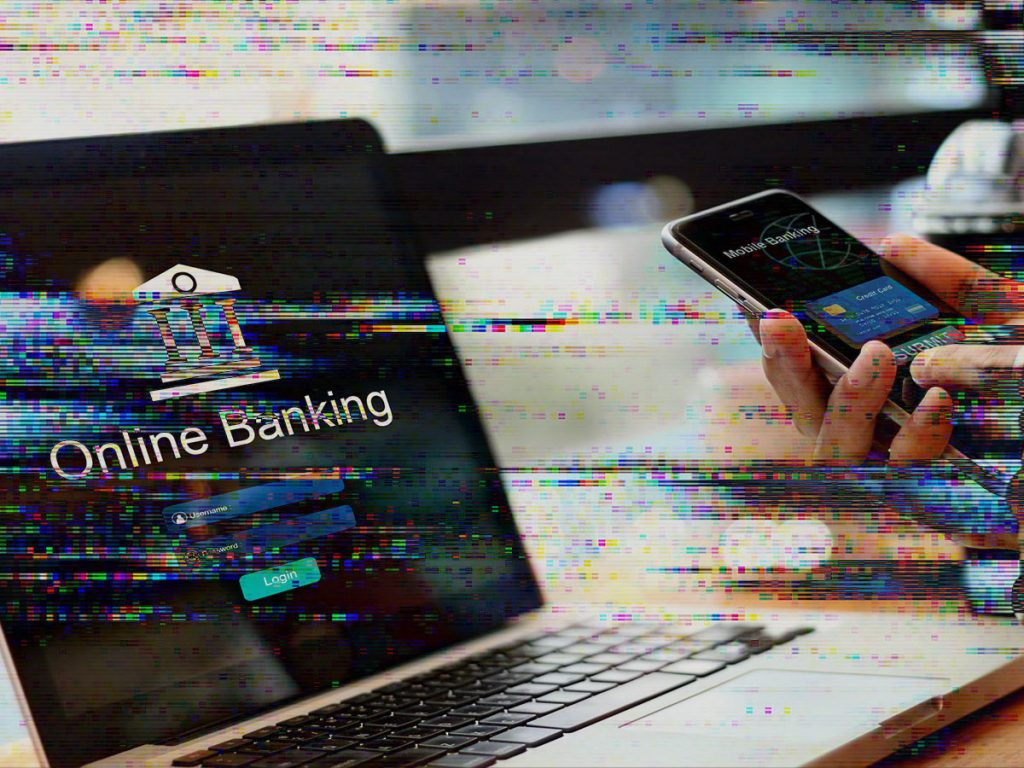
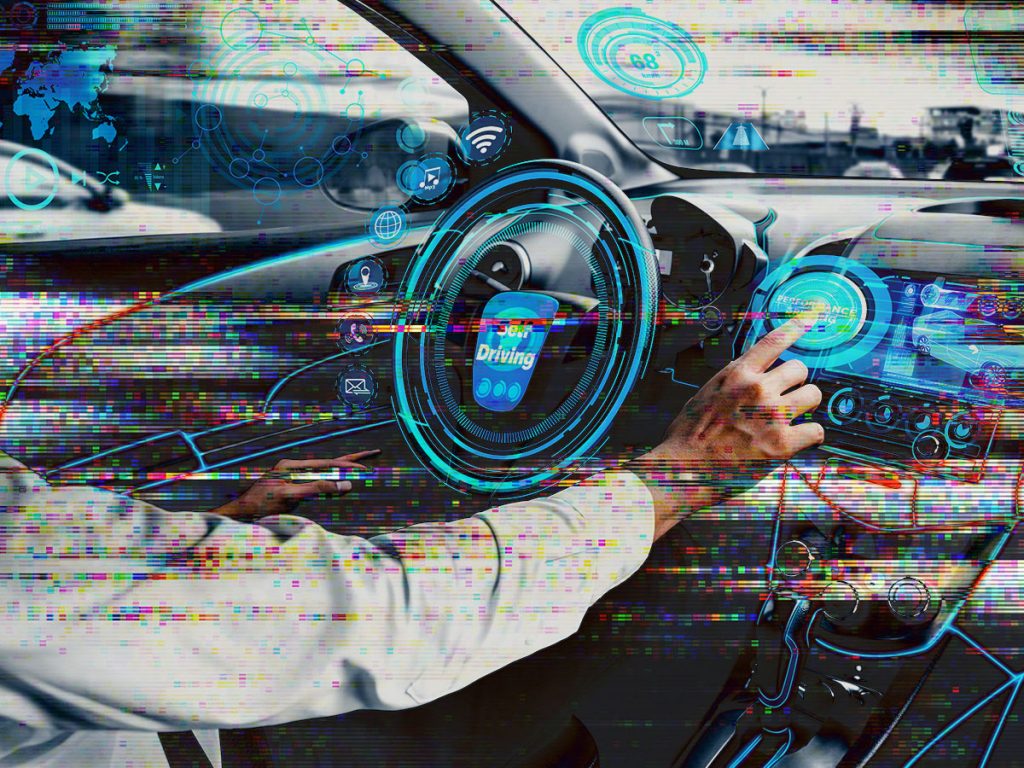
MOBILITY
Computer on Wheels
Cars are no longer “just” vehicles with which you get from A to B. Cars are something like smartphones on wheels: networked and mobile computers.
Car manufacturers no longer produce means of transport, but design cars in which electronics and digitalization dominate. And so they are basically technology companies that should be particularly concerned about cyber security. However, most of them have little or no experience in this area, or are far less experienced in this field than Microsoft, Cisco, Google or Facebook, for example.
Software security is not keeping pace with technological development. Both the vehicle manufacturers and their suppliers show deficits in this area, some of which are serious. If car manufacturers and suppliers continue to lag behind in the area of cyber security, this will have dramatic consequences in the future.
LOGISTICS
The Food Logistics
Supermarket chains as well as manufacturers are shifting not only the transport, but also the storage and stocking of food to specialised logistics companies. Retailers and producers trust that the products are always available, delivered on time and the cold chain is never interrupted. But every product needs different storage and transport conditions. If frozen products have to be stored and transported at minus 25 degrees Celsius, fresh deliveries, i.e. transports of meat and sausage products, dairy products, fruit and vegetables, should be carried out at temperatures between 4 degrees (meat) and 8 degrees (dairy products).
Logistics has become a highly complex system, because goods must always arrive fresh at their destination in sufficient quantities and at exactly the right time – by ship, train, truck, van or courier service. Logistics companies will therefore have to master special challenges in the future and should prepare themselves for attacks, because an attack on their systems would have far-reaching consequences. “In many cases, the extensive IT systems of logistics and transport companies are outdated and were not designed to protect against cyber threats. – This is the worrying conclusion reached by experts in the white paper “Cyber Risk and Security Implications in Smart Agriculture and Food Systems” mentioned earlier. This is a harsh judgement that the study’s authors make about the logistics industry. They substantiate this verdict with an incident that occurred in June 2017 and concerned a company that would have been expected to take the problem of cyber security particularly seriously.
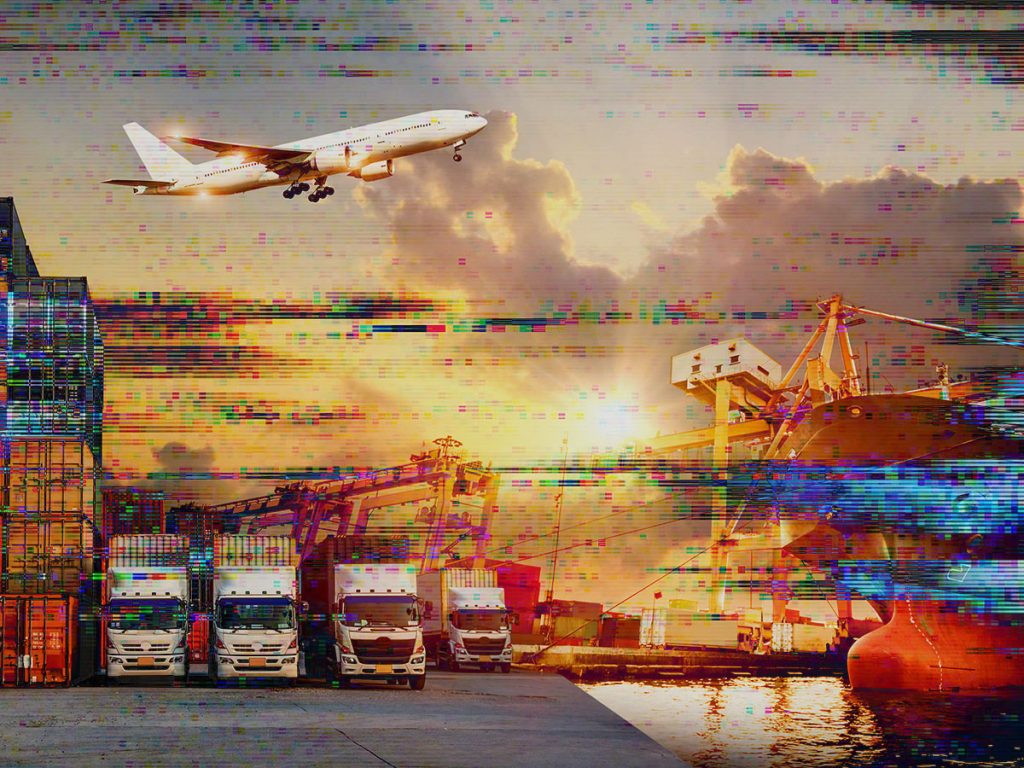
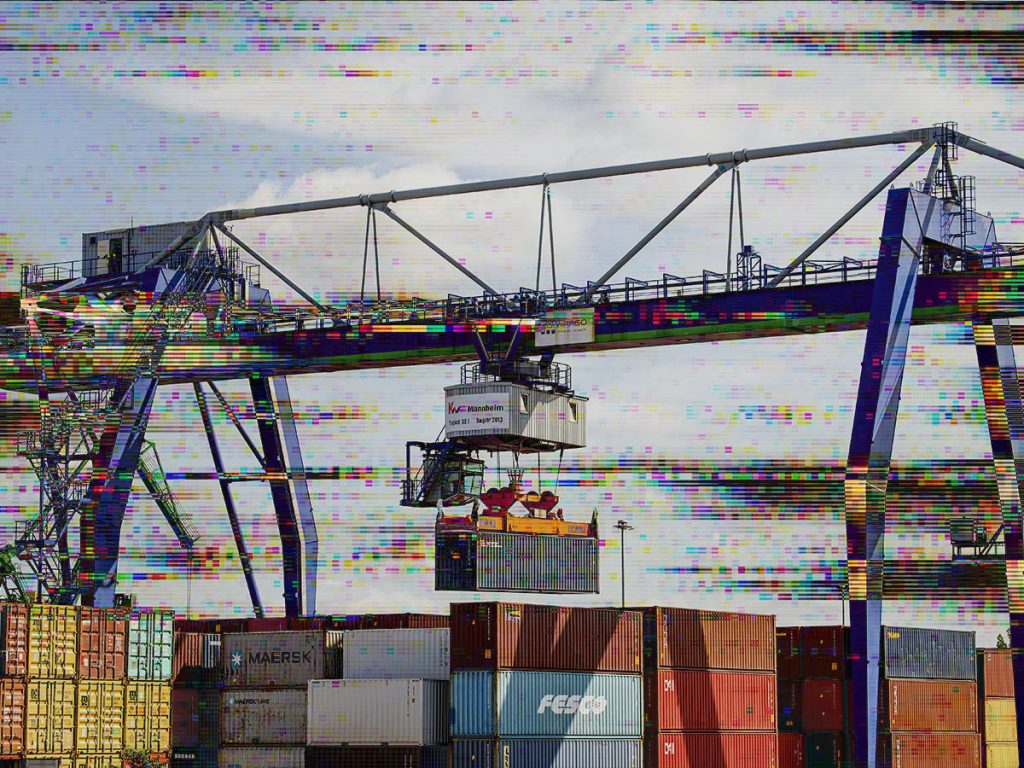
TRANSPORT & TRAVEL
90,000 Floating Targets
Cruise ships, ferries, container ships, reefer vessels, tankers, bulk carriers, fishing vessels – more than 90,000 ships are on the world’s oceans.19 90 percent of all global goods traffic is transported by sea. This means that the entire global economy is dependent on shipping, which in turn can therefore influence the economic, but also the political stability of smaller countries. About 90 percent of the EU’s foreign trade and more than 40 percent of the EU’s internal trade is by sea. Viewed globally, about one third of all ship movements are destined for or depart from within the EU. The North Sea and the Baltic Sea are among the most frequently and densely sailed seas in the world.
Goods and raw materials must be delivered on time so that people can be supplied with food and everyday products; so that manufacturing companies receive their materials for further processing; so that oil products, chemicals, ore, coal an grain get to where they are needed for further processing. In addition, many people get to their places of work by ferry. If there are problems in the supply chain – and this has now become apparent in the wake of the Covid 19 pandemic – the production of goods and products of all kinds can come to a standstill and people can lose their jobs as a result. It becomes increasingly difficult to finance daily living costs, so that at some point dissatisfaction and despair take hold. The delicate logistics system can be thrown out of balance not only by crises such as a pandemic, but also by cyber attacks – this is demonstrated by the ransomware attack on the computer system of the Danish Maersk Group, explained in Chapter 12.
HEALTH
Data Manipulation: the Hacked Tumor
Even more dramatic than the theft of patient data is data manipulation. Once a hacker has gained access to medical systems, he can do far more damage than just blocking the system, demanding ransom money or selling patient data on the black market. He can manipulate the data. “CT-GAN: Malicious Tampering of 3D Medical Imagery using Deep Learning” – this is the not so easy to understand title of a research paper that a group of four medical computer scientists at Cornell University in Ithaca, New York, has produced.
The four researchers around Yisroel Mirsky gave an impressive demonstration in early 2019 on how a computer virus can falsify tumors in CT and MRI scans. “In this paper, we show how an attacker can use deep-learning to add or remove evidence of medical conditions from volumetric (3D) medical scans. An attacker may perform this act in order to stop a political candidate, sabotage research, commit insurance fraud, perform an act of terrorism, or even commit murder.,” says Yisroel Mirsky. The researchers carried out their field test in a real hospital system – as part of a covert penetration test. The data was intercepted, manipulated and presented to three experienced radiologists and an AI system. Nothing and no one was able to detect the manipulations.
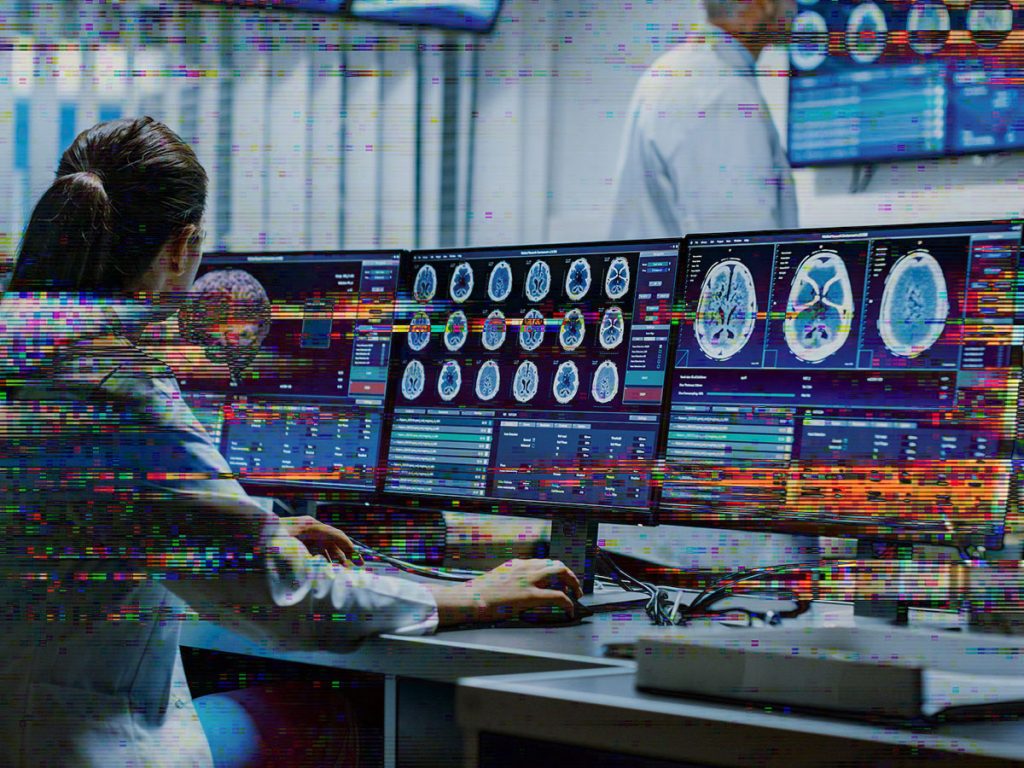
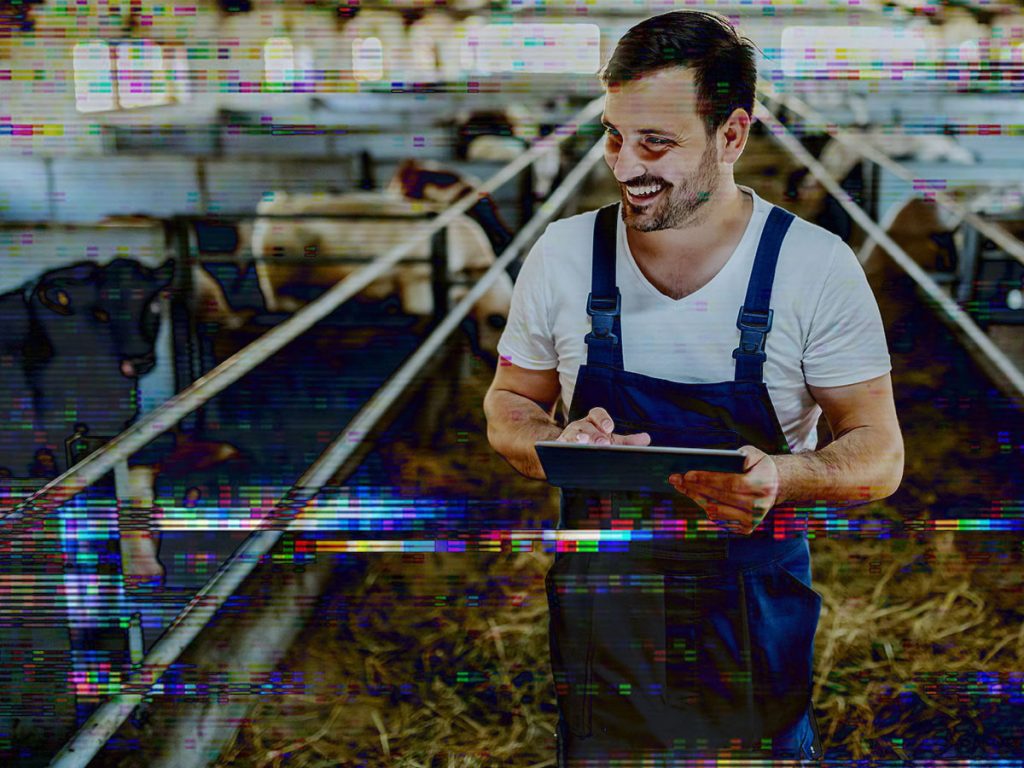
AGRICULTURE AND FOOD
Internet of Food
It must be remembered here that the digitalisation of agriculture also opens the door to hackers. While in ancient Egypt it was possible – purely theoretically – to manipulate the wooden bucket of a pest by drilling a hole into it, today attacks on maize and soya farms, animal breeding facilities, but also companies producing fertilisers or animal feed are conceivable. There will be attacks on those systems with which we can trace the history of a steak or organic vegetables. Logistics systems with which food is transported from A to B are also vulnerable to attack.
Photo credits: Blue Planet Studio – stock.adobe.com, dusanpetkovic1- stock.adobe.com, Eisenhans – stock.adobe.com, Gorodenkoff – stock.adobe.com, ipopba – stock.adobe.com, The7Dew/Shutterstock
